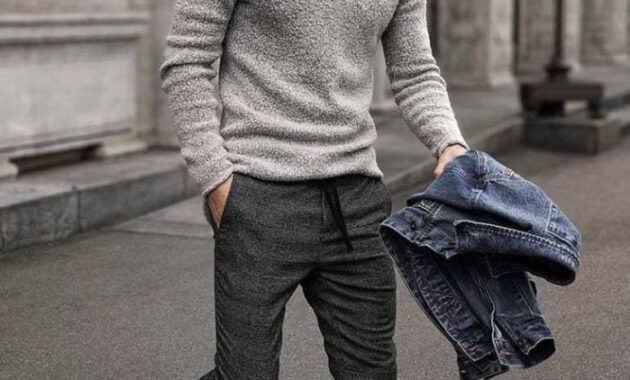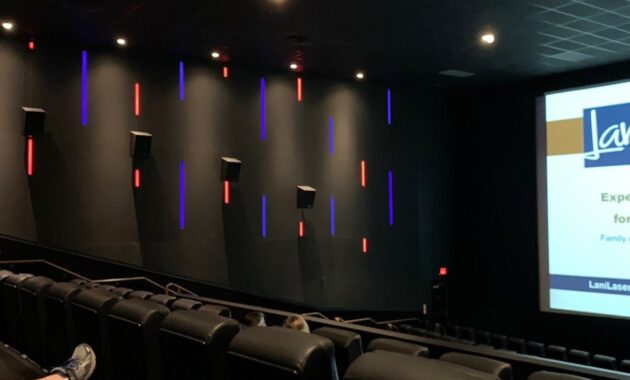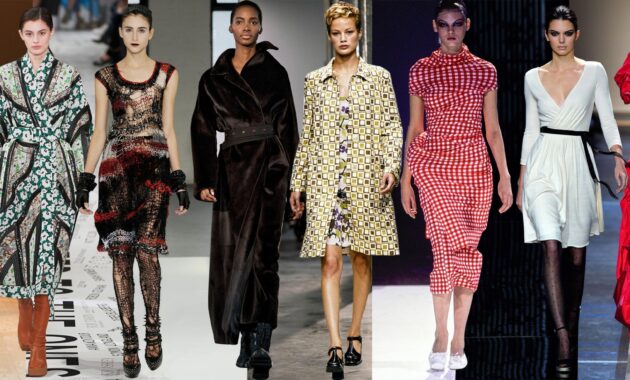Peace, Love, and Bell Bottoms
When we think of 1960s hippie Fashion trends, one of the first things that comes to mind is the iconic bell bottoms. These wide-legged trousers became a staple in the wardrobe of many hippies, symbolizing freedom and individuality. The trend was inspired by sailors’ pants from the 19th century, but was adopted by the counterculture movement of the 1960s and became a fashion statement of its own.
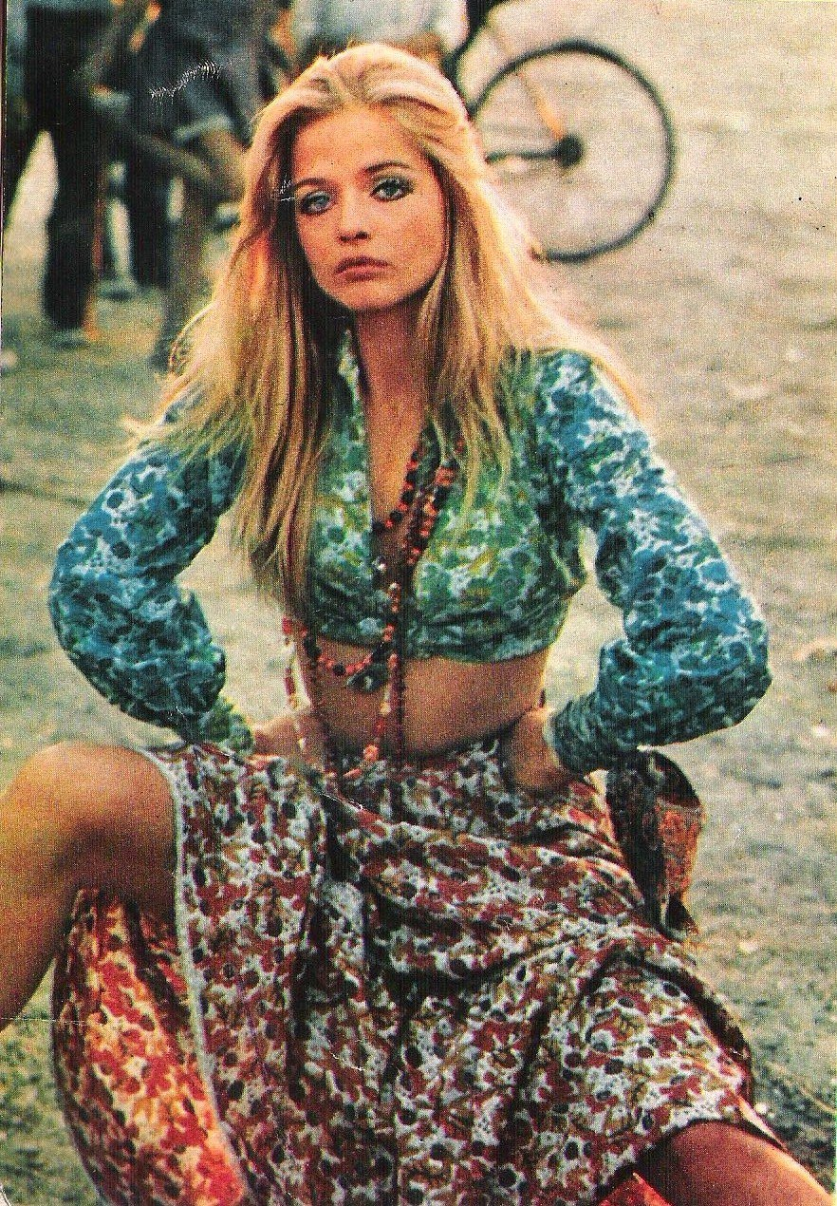
Image Source: pinimg.com
Bell bottoms were not just a fashion trend, but a way for hippies to rebel against the mainstream fashion of the time. In a society that often valued conformity, bell bottoms were a way to express individuality and a rejection of societal norms. The style was popularized by celebrities such as Jimi Hendrix and Janis Joplin, who embraced the bohemian look and made it their own.
The wide-legged silhouette of bell bottoms was perfect for dancing and moving freely, which was essential for the carefree lifestyle of hippies. Paired with flowing tops and fringe jackets, bell bottoms created a laid-back and effortless look that embodied the spirit of the 1960s.
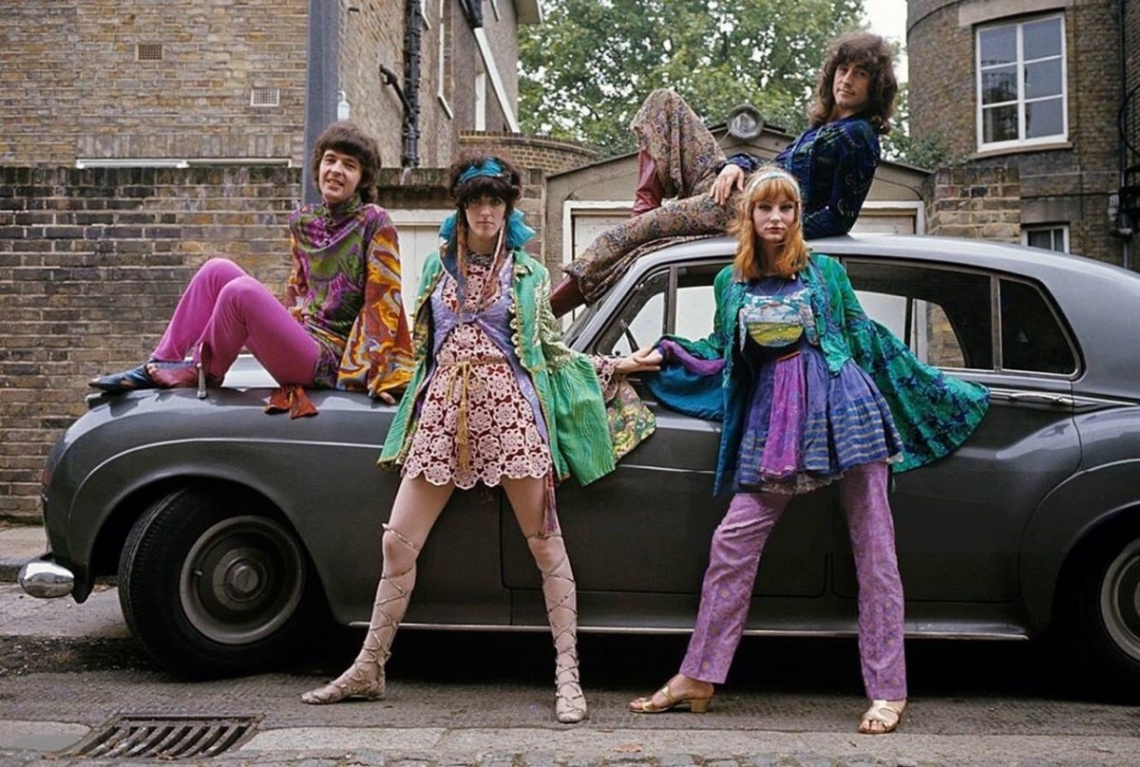
Image Source: blogspot.com
Peace and love were central themes of the hippie movement, and bell bottoms became a symbol of these ideals. The colorful patterns and bold prints that often adorned bell bottoms reflected the vibrant and optimistic outlook of the counterculture movement. Tie-dye, paisley, and floral prints were popular choices for bell bottoms, adding to the whimsical and carefree vibe of the era.
Bell bottoms were not just a fashion statement, but a political statement as well. The anti-war movement of the 1960s was a major influence on hippie fashion, and bell bottoms became a way for young people to express their opposition to the Vietnam War. The relaxed and casual nature of bell bottoms stood in stark contrast to the rigid and structured clothing of the establishment, making them a powerful symbol of resistance.

Image Source: saymedia-content.com
Today, bell bottoms are still a beloved fashion trend, embraced by those who appreciate the carefree and bohemian aesthetic of the 1960s. They have been reimagined and reinvented by designers and fashionistas, but the spirit of peace, love, and individuality that they represent remains the same.
In conclusion, bell bottoms are more than just a fashion trend – they are a symbol of a cultural and social revolution. They embody the spirit of the 1960s hippie movement, with their bold prints, wide-legged silhouette, and carefree attitude. Peace, love, and bell bottoms will forever be intertwined, reminding us of a time when fashion was not just about looking good, but about making a statement and standing up for what you believe in.
Flower Power: The Ultimate Fashion Statement
In the vibrant era of the 1960s, one fashion trend stood out above all others – Flower Power. This iconic movement was not just about wearing floral prints, but it was a symbol of peace, love, and unity. The colorful and intricate patterns of flowers became a staple in hippie fashion, embodying the free-spirited nature of the time.
The Flower Power movement was a direct response to the conservative fashion of the 1950s. It was a rebellion against the societal norms and a celebration of individuality and self-expression. Flowers, with their natural beauty and symbolism of growth and renewal, became the perfect representation of this counter-culture movement.
One of the most iconic pieces of clothing associated with Flower Power is the flower crown. These whimsical headpieces were often made of real flowers or fabric flowers, and they adorned the heads of hippies at music festivals, protests, and gatherings. The flower crown was a symbol of peace and non-violence, and it became a powerful statement of solidarity among the youth of the 60s.
Another key element of Flower Power fashion was the use of bright and bold colors. Hippies embraced vibrant shades of orange, yellow, pink, and turquoise, creating a visual feast of color wherever they went. Tie-dye became a popular technique for creating unique and psychedelic patterns on clothing, further enhancing the Flower Power aesthetic.
Floral prints were also a staple in hippie fashion during the 1960s. Dresses, blouses, and skirts adorned with colorful flowers became must-have items for any self-respecting Flower Child. The delicate and feminine patterns of flowers contrasted with the bold and daring nature of the movement, creating a harmonious blend of softness and strength.
In addition to clothing, Flower Power extended to Accessories as well. Peace sign jewelry, daisy earrings, and flower-shaped sunglasses were just a few of the ways that hippies incorporated the spirit of Flower Power into their everyday Outfits. These accessories were not just fashion statements, but symbols of hope and unity in a tumultuous time.
One of the most famous symbols of Flower Power is the peace sign. This simple but powerful symbol, featuring a circle with a vertical line and two diagonal lines, became synonymous with the anti-war movement of the 1960s. Hippies wore peace sign buttons, patches, and jewelry as a way to show their support for peace and love in a world torn apart by conflict.
The Flower Power movement may have started in the 1960s, but its influence can still be seen in fashion today. Floral prints, bright colors, and peace symbols continue to be popular elements in contemporary fashion, reminding us of the enduring legacy of the hippie era.
So the next time you want to embrace your inner Flower Child, don’t be afraid to add a pop of color, a touch of floral print, and a sprinkle of peace and love to your outfit. Let your fashion choices be a reflection of your values and beliefs, just like the hippies of the 1960s did with their Flower Power revolution.
Groovy Threads: Embracing the Spirit of the 60s
The 1960s was a decade of cultural revolution, and nowhere was this more evident than in the world of Fashion. The rise of the hippie counterculture brought about a shift in style that embraced freedom, individuality, and self-expression. From tie-dye to bell bottoms, the fashion trends of the 60s were all about breaking away from the norms and embracing a more laid-back, bohemian lifestyle.
One of the most iconic fashion trends of the 60s was tie-dye. This vibrant and colorful technique involved twisting, folding, and tying fabric before applying different colored dyes to create unique patterns. Tie-dye was a favorite among hippies, who saw it as a way to reject the mass-produced clothing of mainstream fashion and instead create their own one-of-a-kind pieces. Tie-dye t-shirts, dresses, and even socks became staples of the hippie wardrobe, adding a pop of color and a touch of whimsy to their Outfits.
Another key element of 60s fashion was the bell bottom pant. These wide-legged trousers became synonymous with the era, thanks in part to their association with the peace and love movement. Bell bottoms were often made from denim or brightly colored fabrics, and were typically paired with flowy tops and platform shoes. The exaggerated flare of the pants added a sense of drama and movement to an outfit, making them a popular choice for dancing at music festivals and rallies.
Maxi dresses also made a big splash in the 60s fashion scene. These floor-length, flowy dresses were perfect for the free-spirited hippie lifestyle, offering comfort and ease of movement while still being stylish and eye-catching. Maxi dresses often featured bold patterns, such as floral prints or psychedelic swirls, adding to their bohemian appeal. Paired with chunky jewelry and sandals, the maxi dress became a go-to look for many hippie women looking to channel their inner flower child.
Accessories played a key role in completing the hippie look of the 60s. Headbands, often adorned with flowers or beads, were a popular choice for both men and women, adding a touch of whimsy to any outfit. Peace sign jewelry, such as necklaces and earrings, became a symbol of the era’s message of unity and love. And no hippie outfit was complete without a pair of round sunglasses, popularized by icons like John Lennon and Janis Joplin.
The 60s fashion trends were all about embracing the spirit of the era: peace, love, and individuality. The clothes were a reflection of the social and political upheaval of the time, with hippies using fashion as a form of protest against the establishment. By wearing tie-dye, bell bottoms, and maxi dresses, they were making a statement about their values and beliefs, signaling their rejection of conformity and consumerism.
Groovy threads were more than just clothes – they were a way of life. They represented a break from the past and a vision of a more peaceful, inclusive future. The fashion of the 60s may have been bold and unconventional, but it spoke volumes about the creativity and optimism of a generation determined to change the world. And while the decade may be long gone, its groovy threads continue to inspire and influence fashion to this day.
Tie-Dye Delights: A Look Back at Hippie Fashion
Ah, tie-dye – the iconic symbol of the 1960s hippie fashion movement. This vibrant and psychedelic trend was a favorite among the free-spirited individuals who embraced peace, love, and self-expression. From t-shirts to dresses, tie-dye became a staple in every hippie’s wardrobe, adding a splash of color and a touch of whimsy to their ensembles.
The origins of tie-dye can be traced back to ancient civilizations such as India and Japan, where traditional tie-dye techniques were used to create intricate patterns on fabrics. However, it wasn’t until the 1960s that tie-dye truly became a fashion phenomenon, thanks to the hippie counterculture movement that rejected mainstream society and embraced a more laid-back and bohemian lifestyle.
Tie-dye was more than just a fashion statement – it was a form of self-expression and a way for hippies to show their solidarity with the peace and love movement. The vibrant colors and swirling patterns of tie-dye reflected the psychedelic music and art of the era, creating a visual representation of the groovy vibes that defined the 1960s.
One of the most popular items to receive the tie-dye treatment was the humble t-shirt. Tie-dye t-shirts became synonymous with the hippie movement, often featuring bold colors and intricate patterns that were as unique as the individuals who wore them. Pair a tie-dye t-shirt with a pair of bell-bottom jeans and some fringe Accessories, and you had the perfect hippie-inspired Outfit.
But tie-dye wasn’t just limited to t-shirts. Dresses, skirts, and even accessories such as headbands and scarves also embraced the tie-dye trend, adding a touch of bohemian chic to any outfit. Whether you were attending a music festival, hanging out in the park, or just relaxing at Home, tie-dye was the perfect way to add a bit of color and personality to your look.
The beauty of tie-dye was that it was easy to create at home, making it a popular DIY fashion trend among hippies. Using simple techniques such as twisting, folding, and dyeing fabric, anyone could create their own unique tie-dye creations. This DIY approach added to the charm of tie-dye, allowing individuals to express their creativity and individuality in a fun and playful way.
While tie-dye may have originated in the 1960s, its popularity has endured over the decades, becoming a timeless fashion trend that continues to be reinvented and reimagined by designers and fashionistas alike. From high-end runway collections to street style looks, tie-dye has made a comeback in recent years, proving that this groovy trend is here to stay.
So, the next time you’re feeling a bit nostalgic for the 1960s hippie fashion scene, why not add a touch of tie-dye to your wardrobe? Whether you opt for a classic tie-dye t-shirt or a more modern take on the trend, embracing the colorful and carefree spirit of tie-dye is sure to bring a smile to your face and a little bit of peace and love to your day.
1960s hippie fashion
